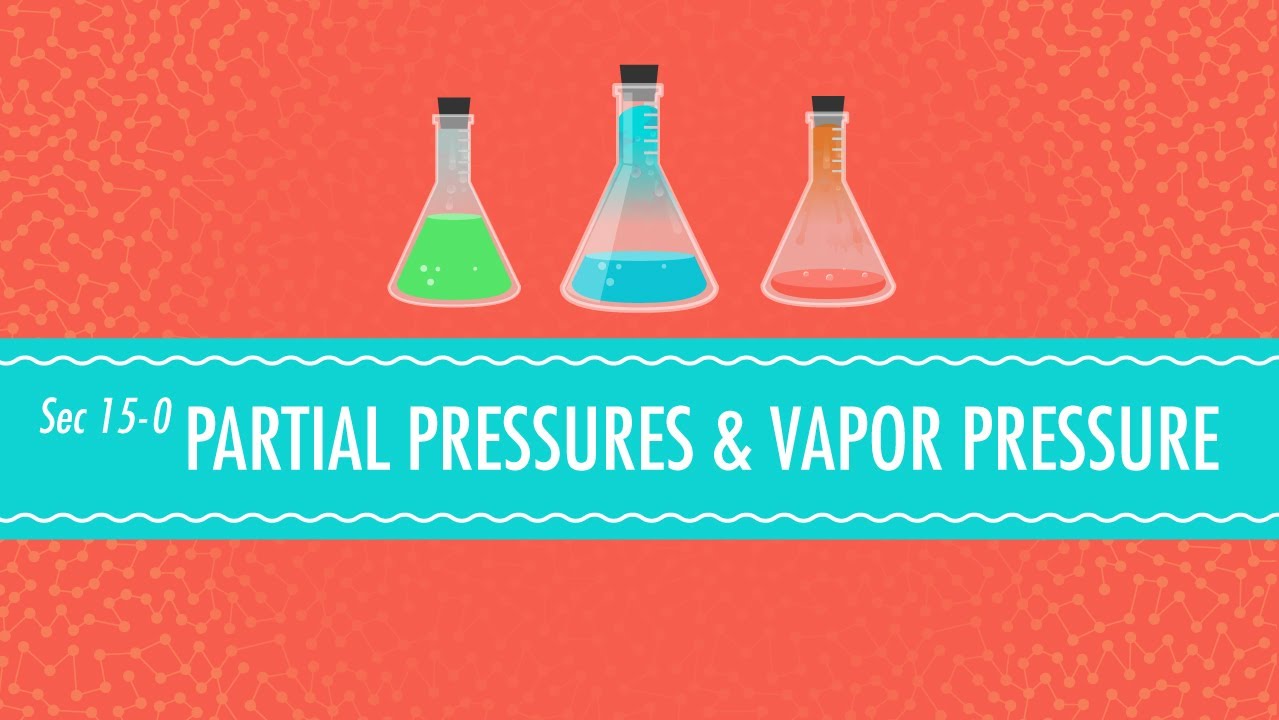
Understanding Gases and Their Behaviors
Interactive Video
•
Science
•
6th - 10th Grade
•
Practice Problem
•
Easy
+1
Standards-aligned

Wayground Content
Used 1+ times
FREE Resource
Enhance your content in a minute
10 questions
Show all answers
1.
MULTIPLE CHOICE QUESTION
30 sec • 1 pt
What analogy is used to explain the behavior of gases?
A concert
A football match
A library
A state dinner and a child's birthday party
Tags
NGSS.MS-PS3-4
2.
MULTIPLE CHOICE QUESTION
30 sec • 1 pt
Who was the first to use real science to describe atoms?
Isaac Newton
Albert Einstein
John Dalton
Niels Bohr
3.
MULTIPLE CHOICE QUESTION
30 sec • 1 pt
What did John Dalton's research contribute to?
The discovery of electrons
The development of the Law of Multiple Proportions
The invention of the periodic table
The formulation of quantum mechanics
Tags
NGSS.HS-PS1-7
4.
MULTIPLE CHOICE QUESTION
30 sec • 1 pt
What does the Law of Partial Pressures state?
The total pressure of a gas is equal to its density times its volume.
The volume of a gas is inversely proportional to its pressure.
The pressure of a gas mixture equals the sum of the pressures each gas would exert alone.
The pressure of a gas is directly proportional to its temperature.
5.
MULTIPLE CHOICE QUESTION
30 sec • 1 pt
What is the mole fraction symbol represented by?
Alpha (α)
Beta (β)
Gamma (γ)
Chi (χ)
6.
MULTIPLE CHOICE QUESTION
30 sec • 1 pt
How is the partial pressure of oxygen in air calculated?
By adding the pressures of all gases in the air
By multiplying the total atmospheric pressure by the mole fraction of oxygen
By subtracting the pressure of nitrogen from the total atmospheric pressure
By dividing the moles of oxygen by the total moles of air
7.
MULTIPLE CHOICE QUESTION
30 sec • 1 pt
What is the purpose of collecting gas over water?
To purify the gas
To determine the gas's pressure
To separate the gas from water vapor
To measure the volume of the gas
Create a free account and access millions of resources
Create resources
Host any resource
Get auto-graded reports

Continue with Google

Continue with Email

Continue with Classlink

Continue with Clever
or continue with

Microsoft
%20(1).png)
Apple
Others
By signing up, you agree to our Terms of Service & Privacy Policy
Already have an account?
Similar Resources on Wayground

10 questions
Science 8 ET LG 1.1
Quiz
•
8th Grade

16 questions
Geology Rocks
Quiz
•
9th Grade

15 questions
Mountains prelude
Quiz
•
6th Grade

10 questions
IPA tema 4 kelas 6
Quiz
•
6th Grade

15 questions
Friction & Air resistance
Quiz
•
5th - 7th Grade

12 questions
Trees and Forest Vocabulary
Quiz
•
6th Grade

10 questions
NS Unit 2
Quiz
•
6th Grade

10 questions
Tears
Quiz
•
8th Grade
Popular Resources on Wayground

10 questions
Honoring the Significance of Veterans Day
Interactive video
•
6th - 10th Grade

9 questions
FOREST Community of Caring
Lesson
•
1st - 5th Grade

10 questions
Exploring Veterans Day: Facts and Celebrations for Kids
Interactive video
•
6th - 10th Grade

19 questions
Veterans Day
Quiz
•
5th Grade

14 questions
General Technology Use Quiz
Quiz
•
8th Grade

25 questions
Multiplication Facts
Quiz
•
5th Grade

15 questions
Circuits, Light Energy, and Forces
Quiz
•
5th Grade

19 questions
Thanksgiving Trivia
Quiz
•
6th Grade
Discover more resources for Science

20 questions
Physical and Chemical Changes
Quiz
•
8th Grade

20 questions
Photosynthesis and Cellular Respiration
Quiz
•
7th Grade

18 questions
Interpreting Distance/Time Graphs
Quiz
•
6th Grade

10 questions
Exploring Newton's Laws of Motion
Interactive video
•
6th - 10th Grade

20 questions
Energy Transformations Quiz
Quiz
•
6th Grade

22 questions
Thermal Energy : Conduction, Convection and Radiation ZMS
Quiz
•
6th Grade

20 questions
Balanced and Unbalanced Forces
Quiz
•
6th - 8th Grade

20 questions
Galaxies
Quiz
•
8th Grade
